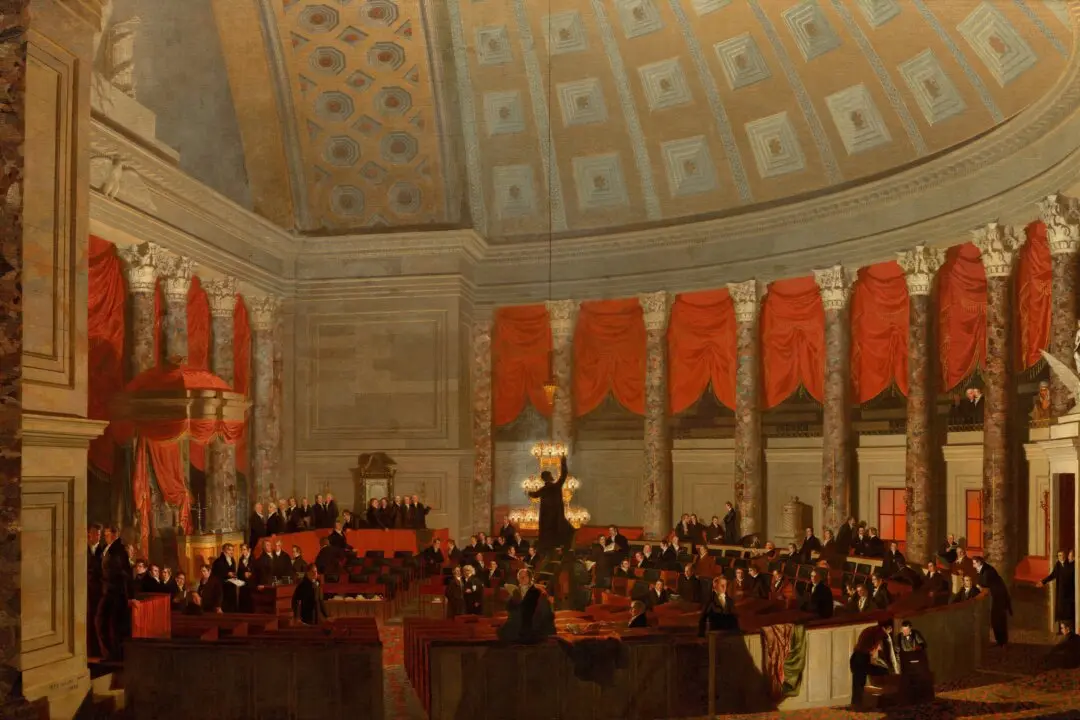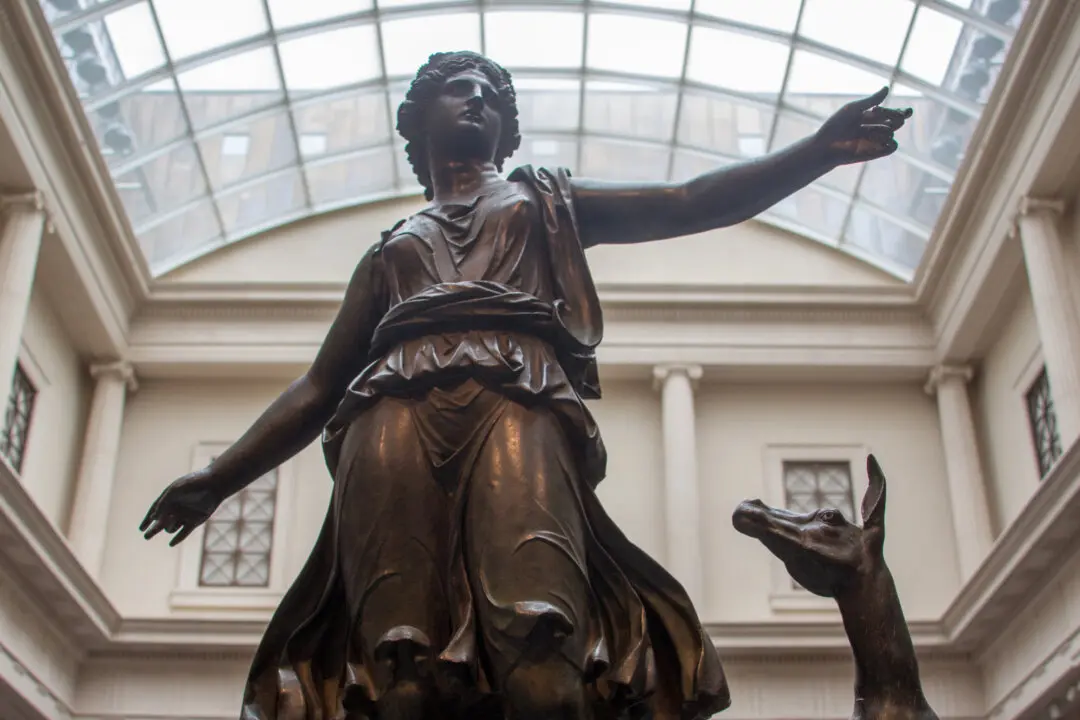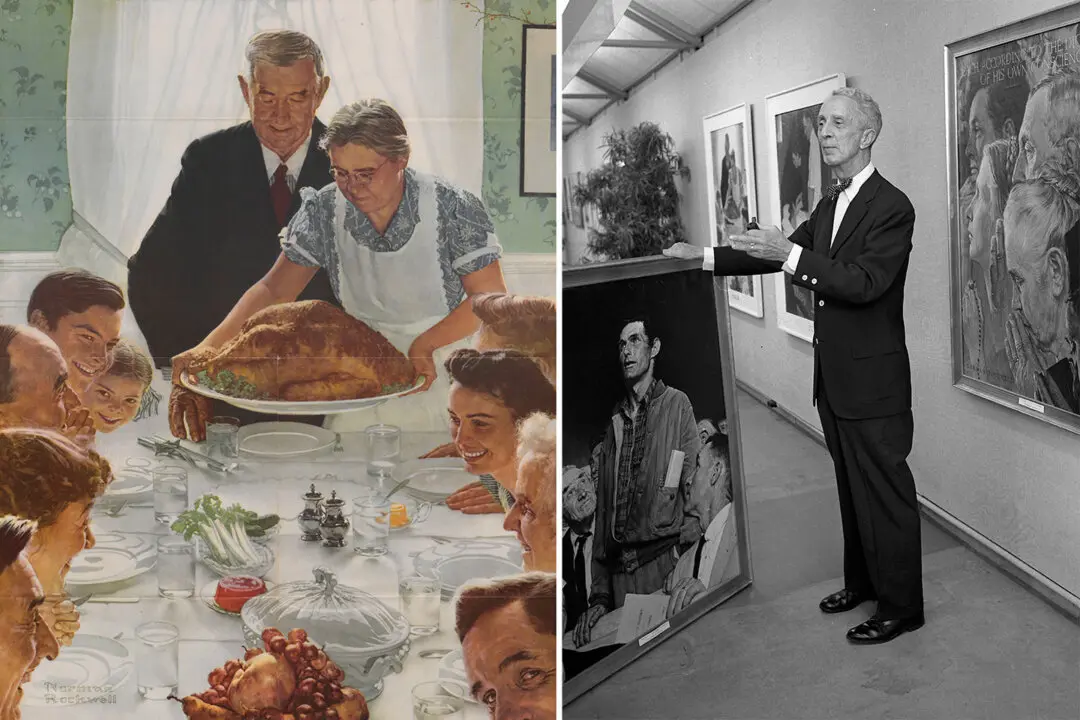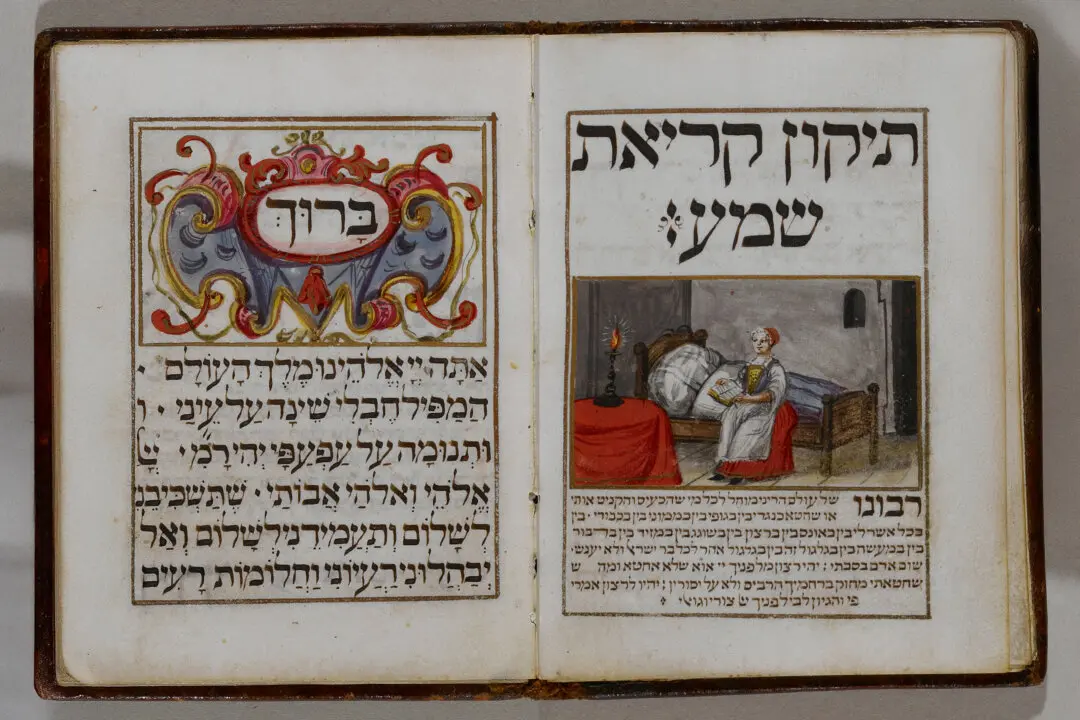The Bayeux Tapestry is one of the great narrative works of art, resplendent with its vibrant color, lively movement, rich texture, and impressive scale. In addition to being a medieval art masterpiece, it is an important historical document. It chronicles the 1066 Norman invasion of England and the decisive Battle of Hastings, in which William the Conqueror vanquished his rival Harold Godwinson and became king.
The tapestry, approximately 230 feet long and 20 inches wide, is believed to have been made in England after the battle for the nave of Bayeux Cathedral in Normandy, France.





